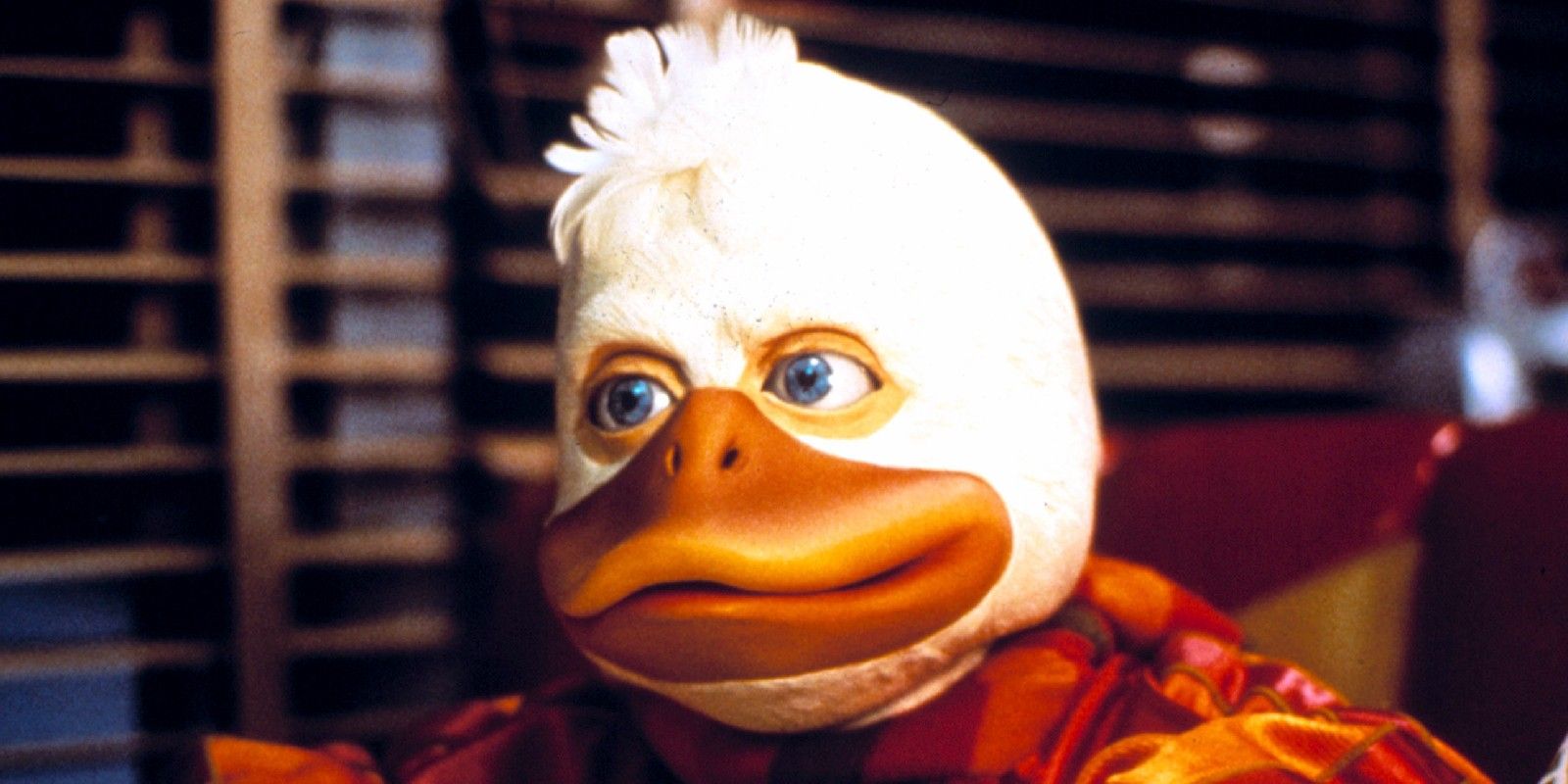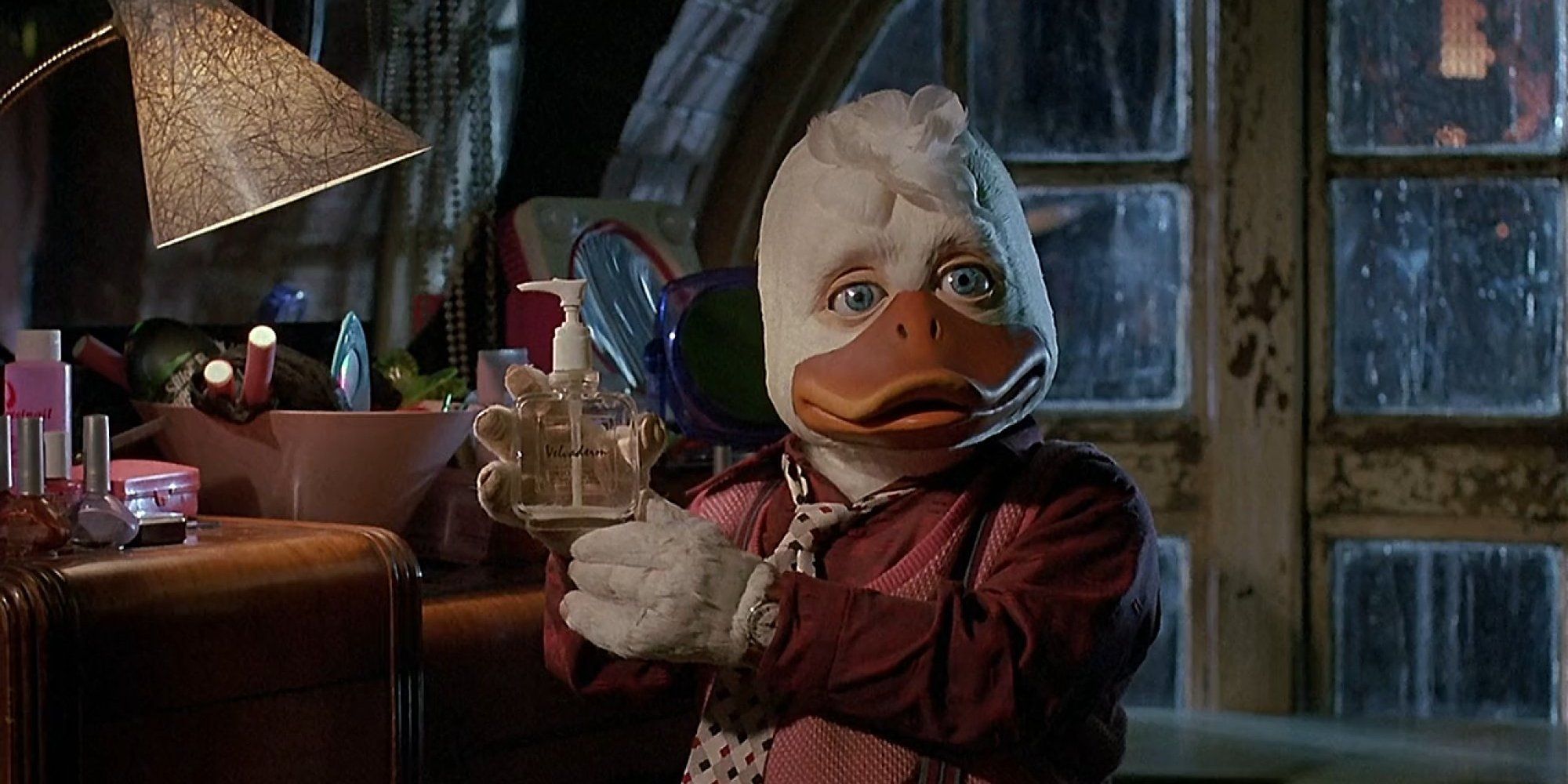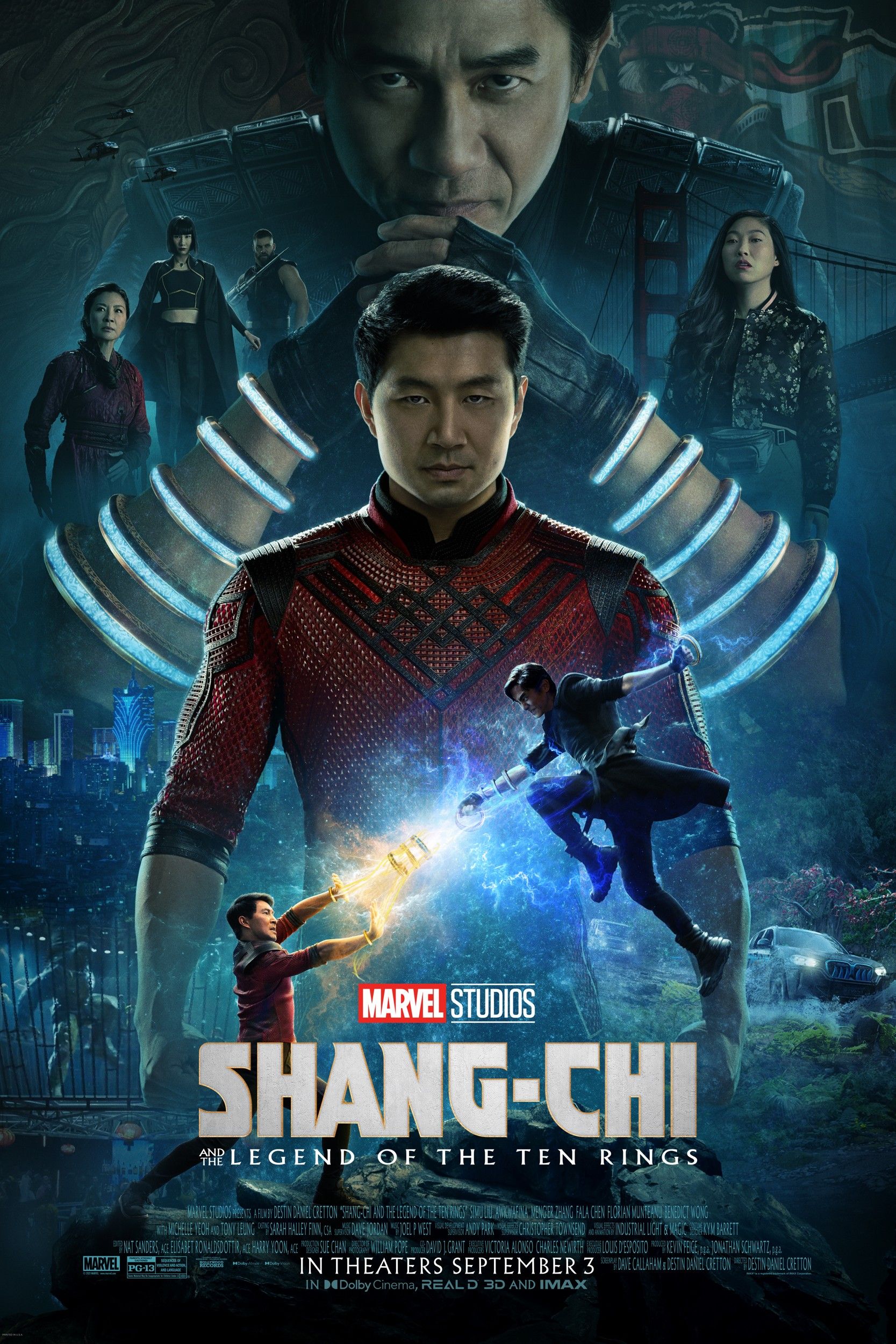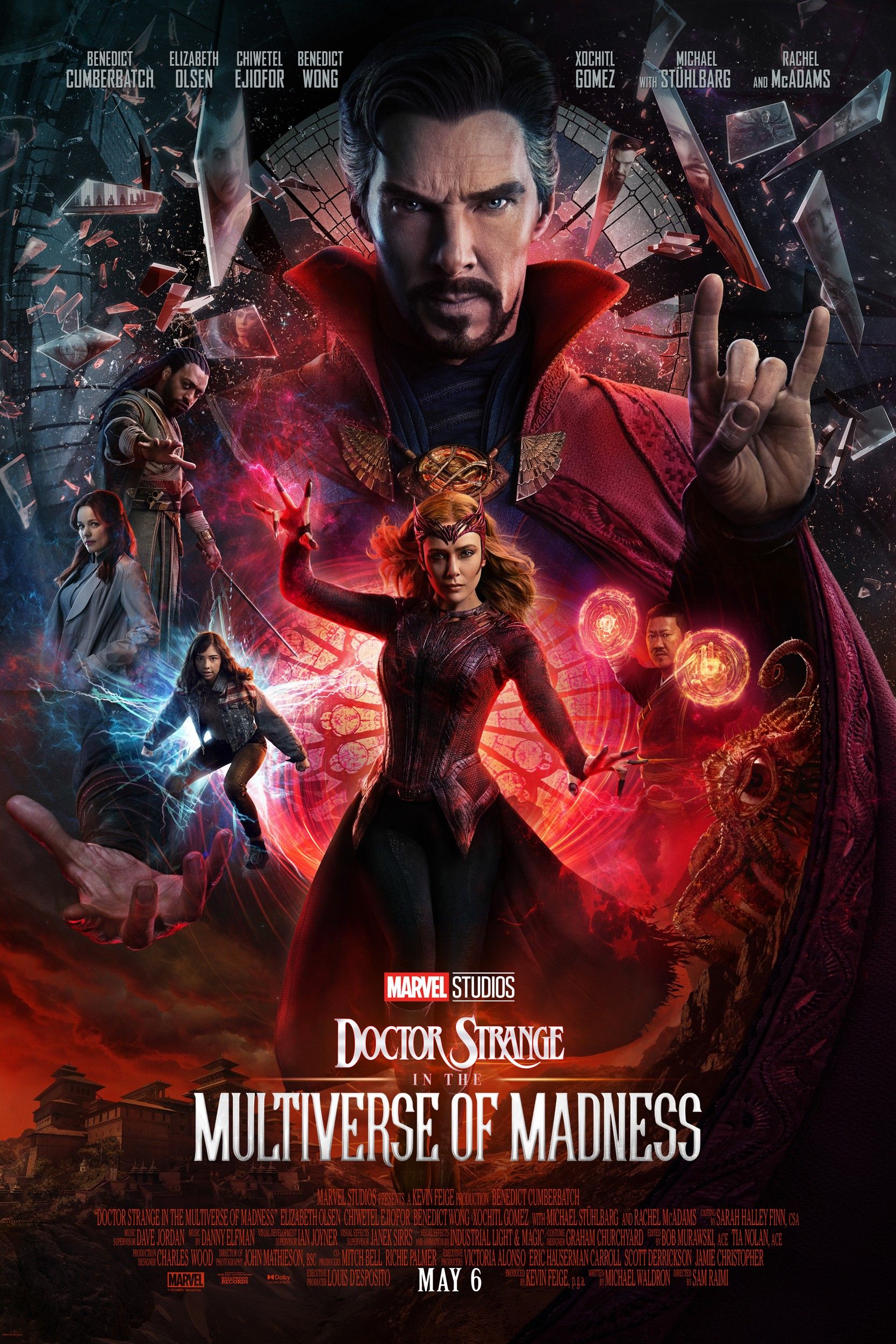Of all the places for technical innovation in film to appear, 1986's disastrous Howard the Duck is among the least likely suspects. Reintroduced to the Marvel Cinematic Universe and modern audiences in general through a cameo in Guardians of the Galaxy post-credits scene, Howard the Duck (an anthropomorphized duck from the planet Duckworld, naturally) made his cinematic debut in the eponymous 1986 film. The much-maligned effort by Lucasfilm barely broke even on its budget and currently has one of the lowest scores on Rotten Tomatoes of any movie based on a Marvel comic, sitting at 15%.
Despite the level of inherently jokey mundanity that is part and parcel of the character's comic book origins, Howard the Duck is, nevertheless, a Marvel character, and there are certain fantastical expectations that come with the territory. Judging by how eccentrically Loki and the TVA set up a Marvel multiverse, Howard's return in Disney+'s upcoming What If...? anthology series looks primed to engage with both of these aspects of the character. However, the element of spectacle from the live-action film adaptation that has clung closest to the popular imagination has been the animatronic suits used to portray the title character; rush jobs which, even in a film full of objectionable choices, seemed to be a major sticking point for critics and audiences alike. However, not all of Howard the Duck's effects were quite so lamentable.
During the opening scene of the film, Howard and his armchair are flung free from the bounds of his living room, apartment building, and planet, flying onward to Earth. The use of wires in staging the sequence would not usually have presented much of an issue, as the technique had been around for decades even then and Industrial Light & Magic's special effects were already breaking ground by the mid-'80s. The dynamic nature of the shot, however, exacerbated the method's existing issues, namely the visibility of the wires on film. After traditional remedies failed, ILM made use of some of its cutting-edge technology to remove the wires digitally; a solution that had yet to see any noteworthy use, if any at all.
While Howard the Duck itself was given the dubious honor of being confined to the conspicuously ignominious upper layer of film history's wastebasket, ILM's pioneering technique would, in the years that followed, come to be an integral part of mainstream action movies. Little more than a decade later, perhaps the two most iconic uses of digital wirework (to Western audiences, at least) were released in the form of The Matrix, with its slow-motion "bullet time" sequences, and Crouching Tiger, Hidden Dragon, with its refinement of "wire-fu."
The role of computers in modern special effects work cannot be overstated. Even recent films like Mad Max: Fury Road that were lauded (rightly so) for their renewed emphasis on practical effects relied heavily on digital, post-production effects shots. While many of the other projects that George Lucas took to shepherding after the conclusion of the Star Wars original trilogy, such as Labyrinth and the Indiana Jones series, are better loved, it is possible, to the surprise of nearly everyone, that Howard the Duck has had the most lasting influence.









